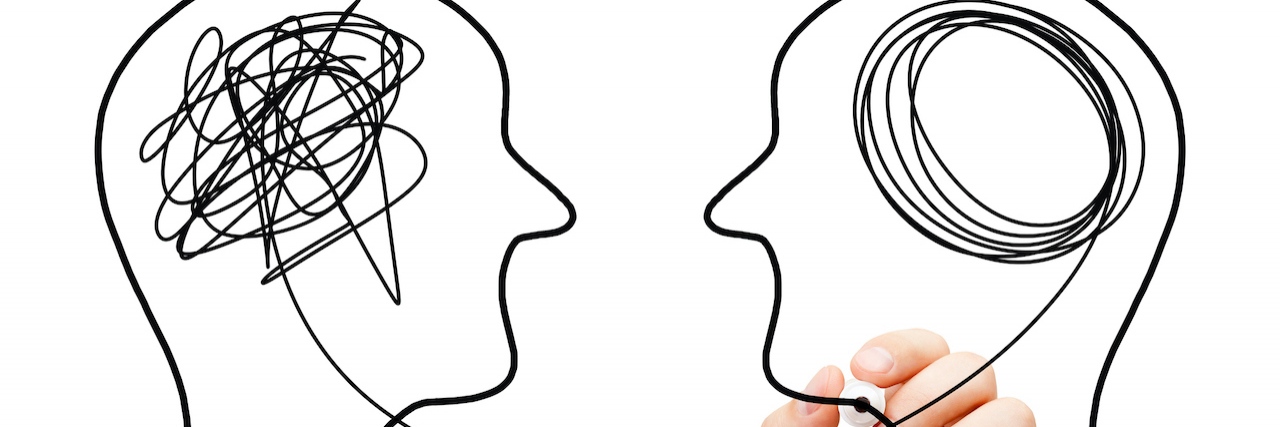For better or for worse, media plays a crucial role in just about every aspect of our culture. From what we eat to how we vote, media has the capacity to both positively and negatively influence our decision making. Because of this, the portrayal of therapy and therapists in media is something that deserves some scrutiny.
Far too often therapists are depicted as almost caricatures of actual professionals. Let’s be honest, conflict makes for good television and therefore it makes sense that unethical immoral therapists and therapy make for intriguing viewing. But, what does that do in terms of providing a realistic framework for consumers of media to reference when entertaining the idea of entering into therapy?
I’d argue that it is detrimental both to the profession and to the normalization of attending therapy. Psychology has often gotten a bad rap for not being a “hard science” and for being difficult to quantify. The fact that therapy often relies more upon the therapeutic alliance than upon some kind of measurable modality means that there is a kind of ephemeral quality to it. What happens in therapy is often shrouded in secrecy, and up until recently the idea of seeing a therapist was either considered something fringe that people who were into alternative medicine did at best, or stigmatized as something only “crazy” people did.
After the last year and a half of a global pandemic, the collective trauma we have all experienced has seemingly catapulted mental health and therapy into the mainstream, not only legitimizing it’s place as a crucial part of healthcare as a whole but normalizing it as something we could all benefit from. However, if people are getting their example of what therapy looks like from the media, I shudder to think of what their idea is of what therapy looks like. Frankly, it can’t be great.
The depiction of decent therapists are few and far between. Shows like “The Shrink Next Door” and movies like “What About Bob?” while entertaining, make therapists look psychopathic. If the therapist isn’t having sex with a client (“Prince of Tides”), a serial killer cannibal (“Silence of the Lambs”) or struggling with their own untreated mental health condition (“Web Therapy”) they are often crafted to be incompetent and neurotic. Not particularly motivating to a would-be therapy client and somewhat disingenuous to the majority of decent, hard working professionals who have devoted their lives to helping others.
But, there is some hope. The recent success of books like “Maybe You Should Talk to Someone” by Lori Gottlieb, podcasts like “Where Should We Begin” with Esther Perel and docuseries like “Couples Therapy” with Orna Guralnik offer real life peeks into actual therapy sessions, illuminating what happens behind the closed doors of a therapists office. And shows like HBO’s “In Treatment” (both the original with Gabriel Byrne and the latest rendition with Uzo Aduba) depict therapists who are fully human, imperfect and still manage to provide good therapy in spite of their challenges.
There are enough horror stories about real life bad therapy for people to reference to make them skeptical about going to therapy. But a good therapist can truly be a lifesaver, even when they aren’t perfect. It’s completely possible to write a fully fleshed out therapist character who is both entertaining and realistic, whilst being both human and ethical (hello Doc Sharon from “Ted Lasso”). Having experienced my own bad and good therapy, I for one could use some more hopeful depictions of therapy in the media to restore my faith in the process. With that, I vote for more Doc Sharon and less Doc Herschkopf, please.
Getty image by IvelinRadkov

